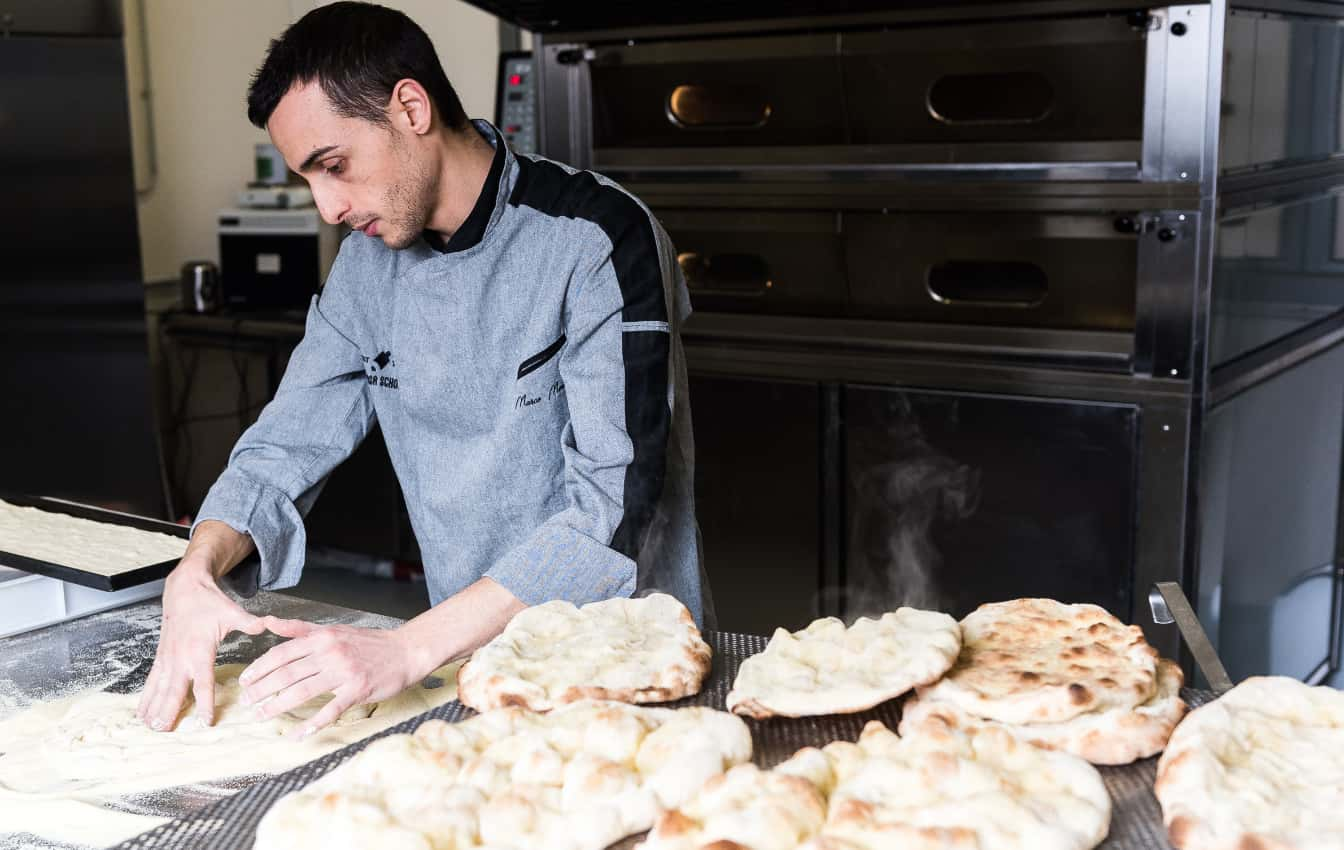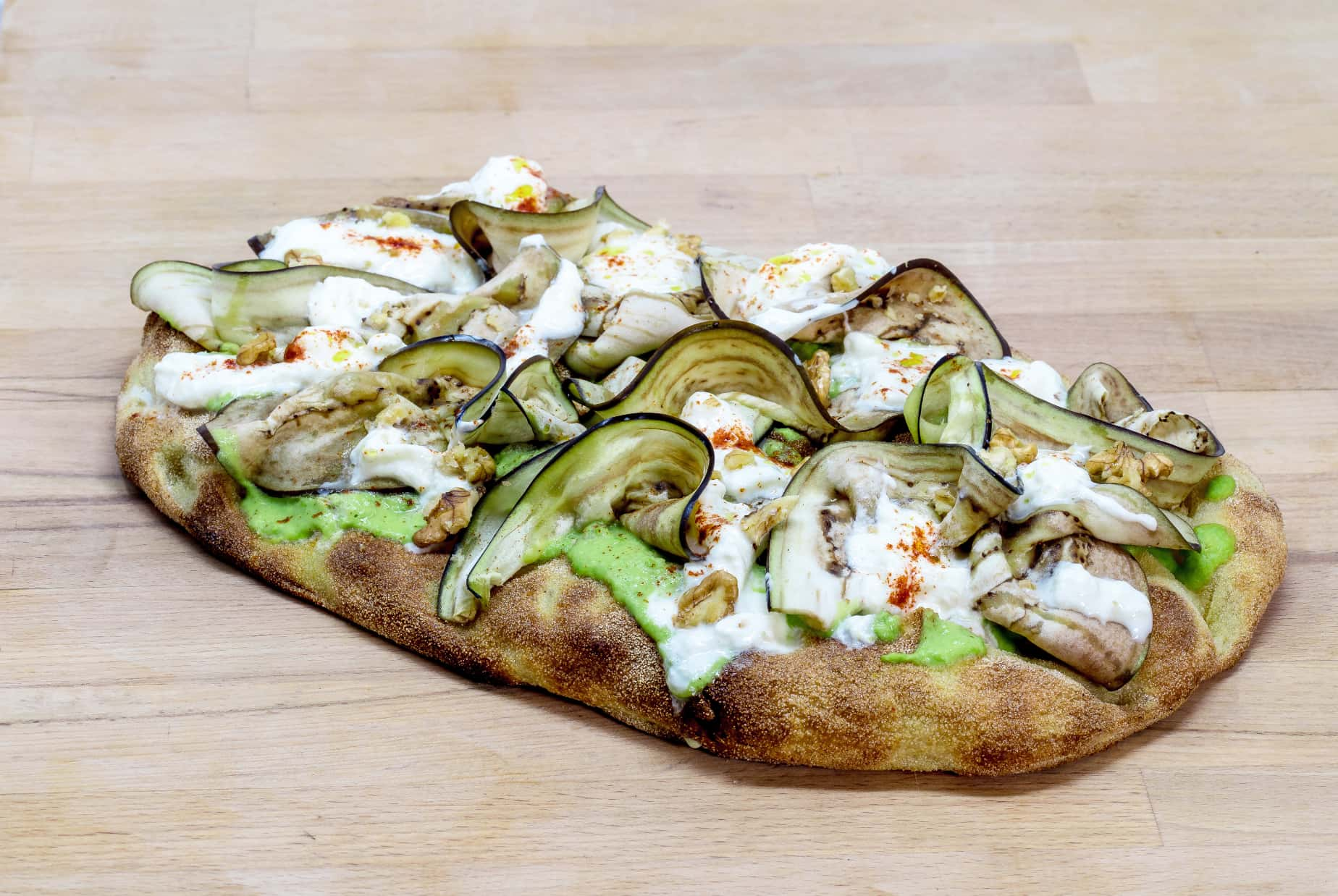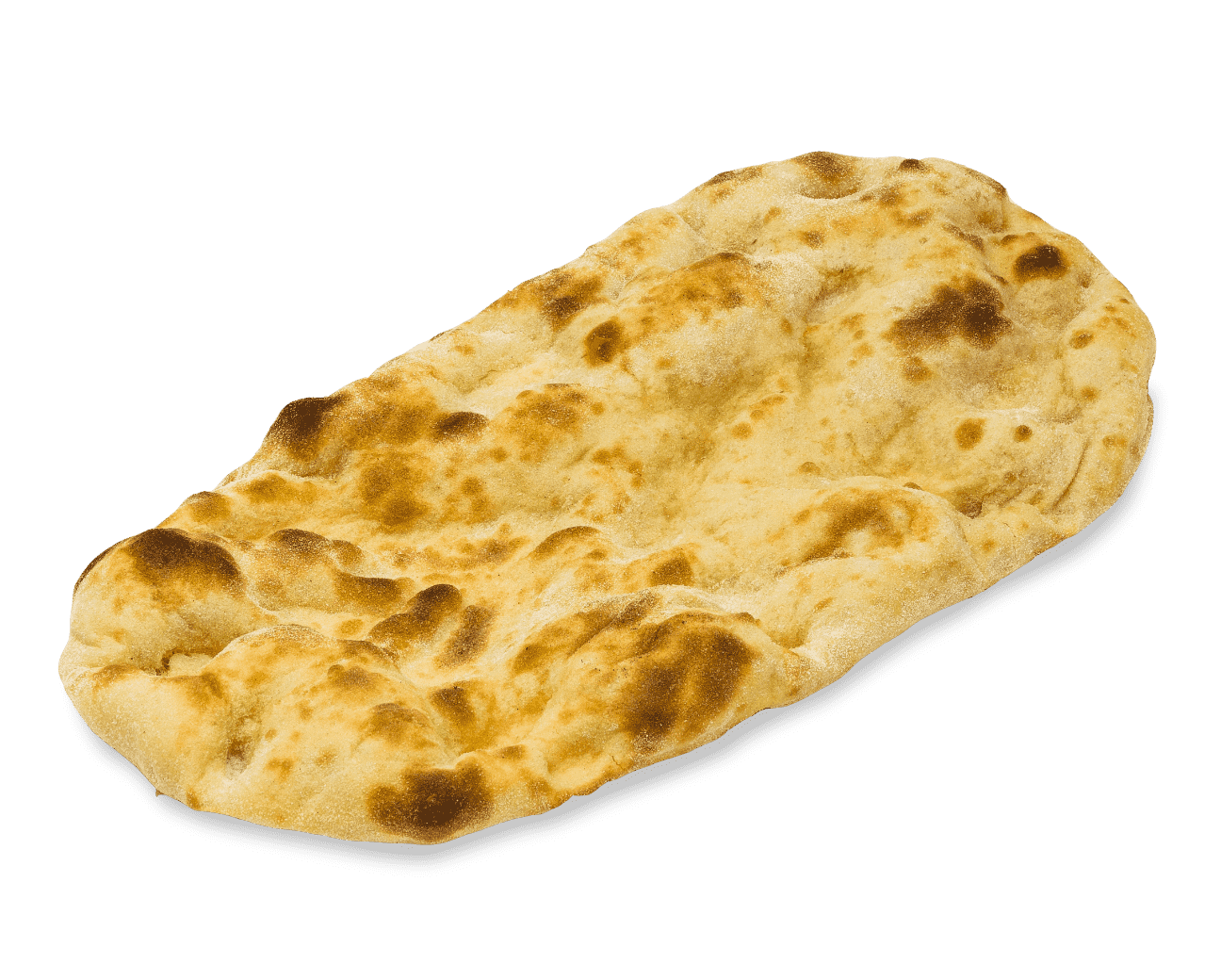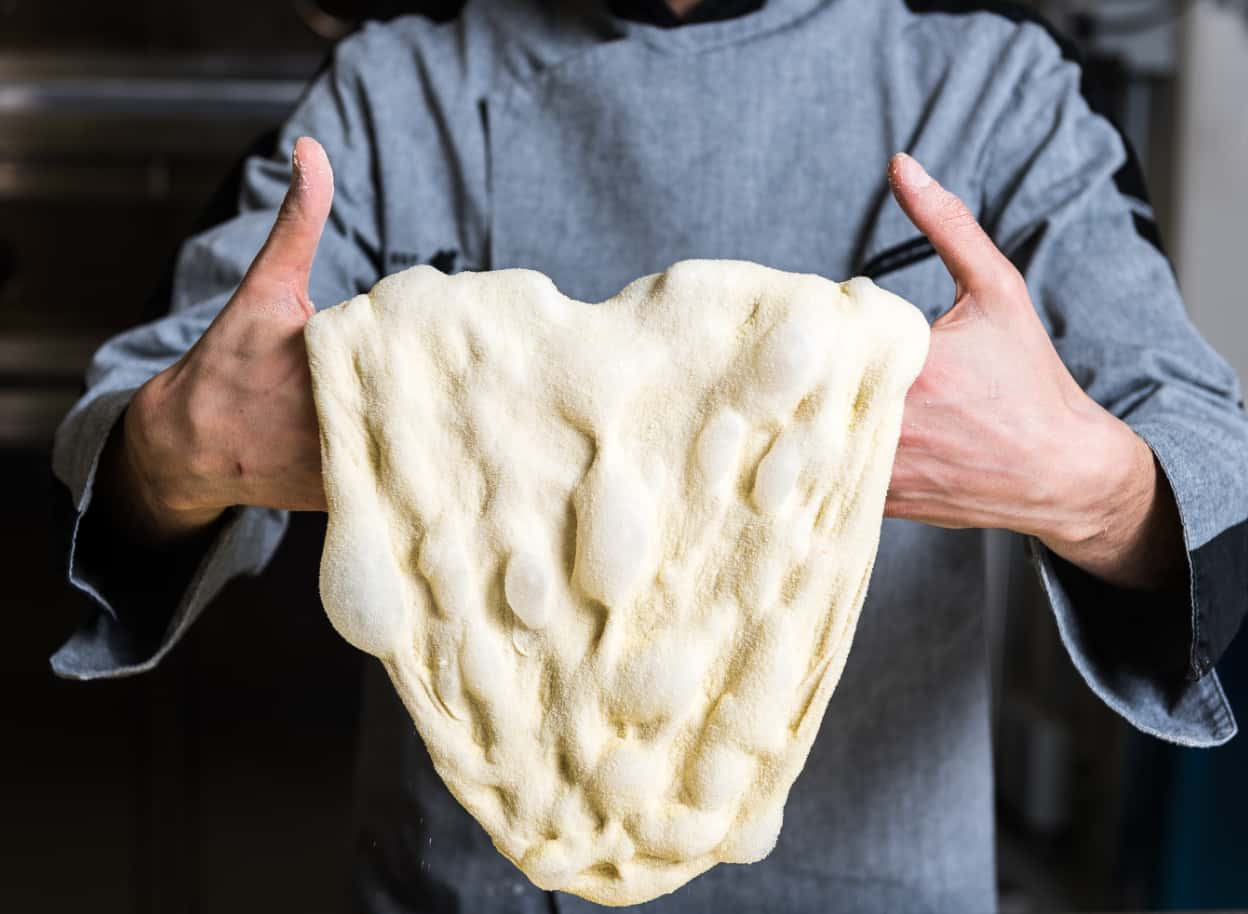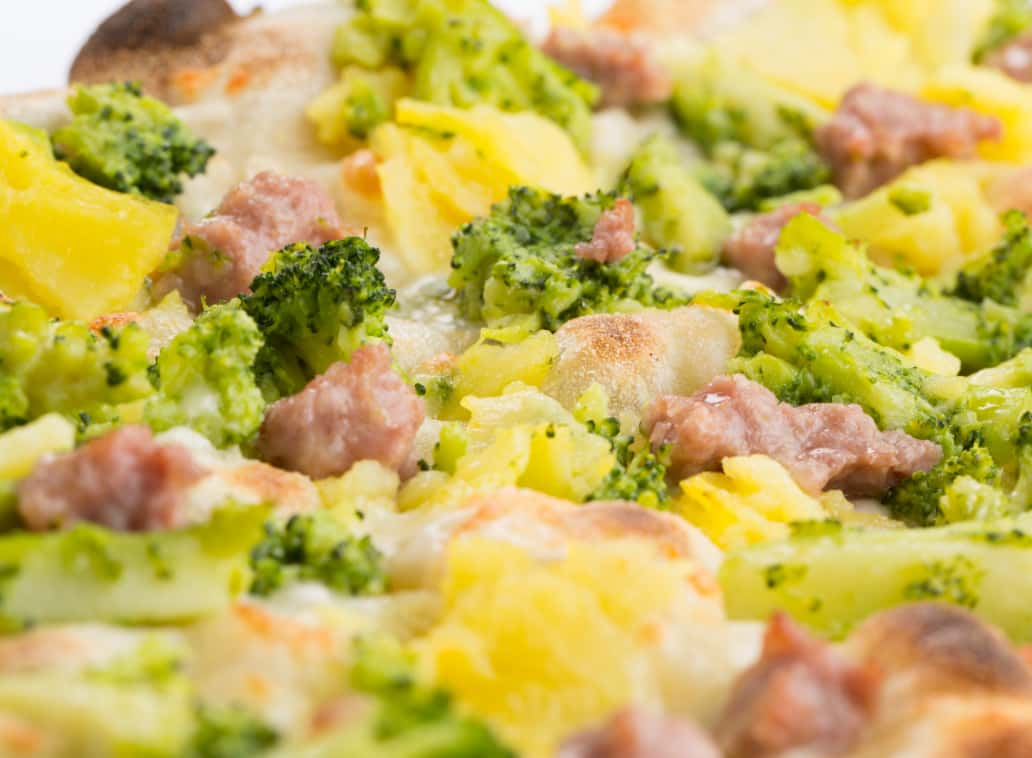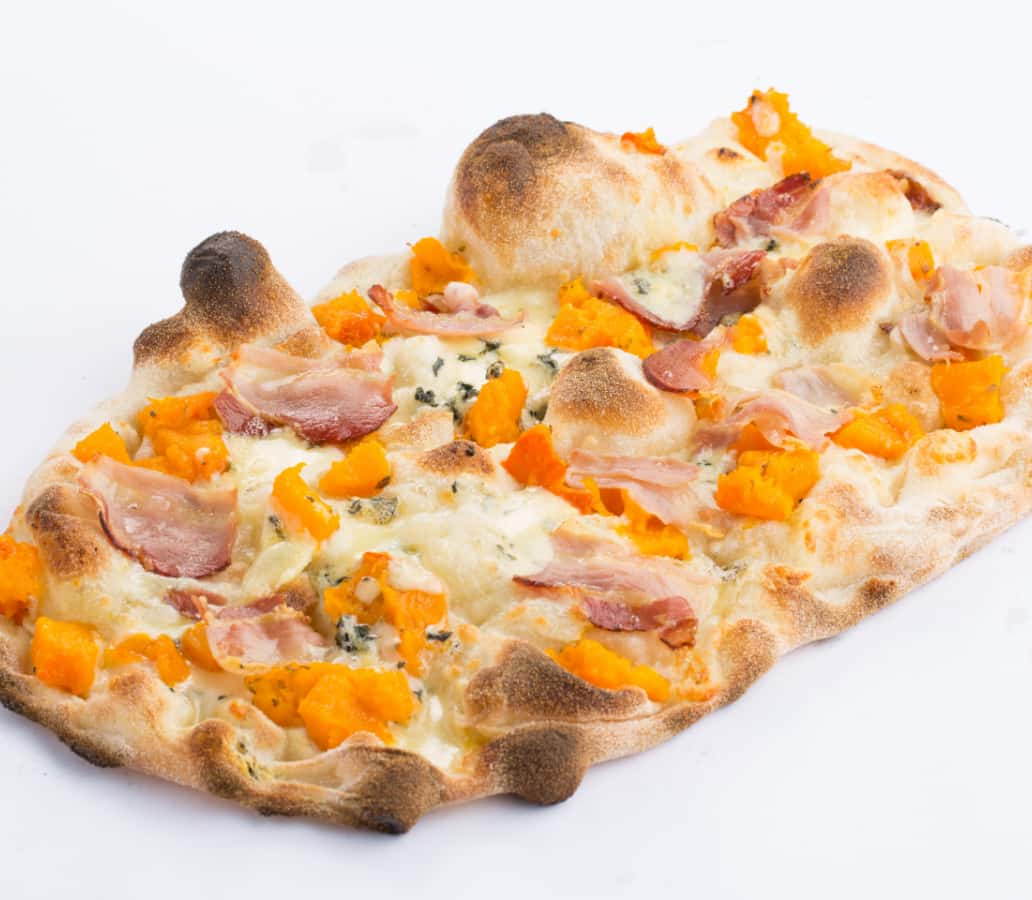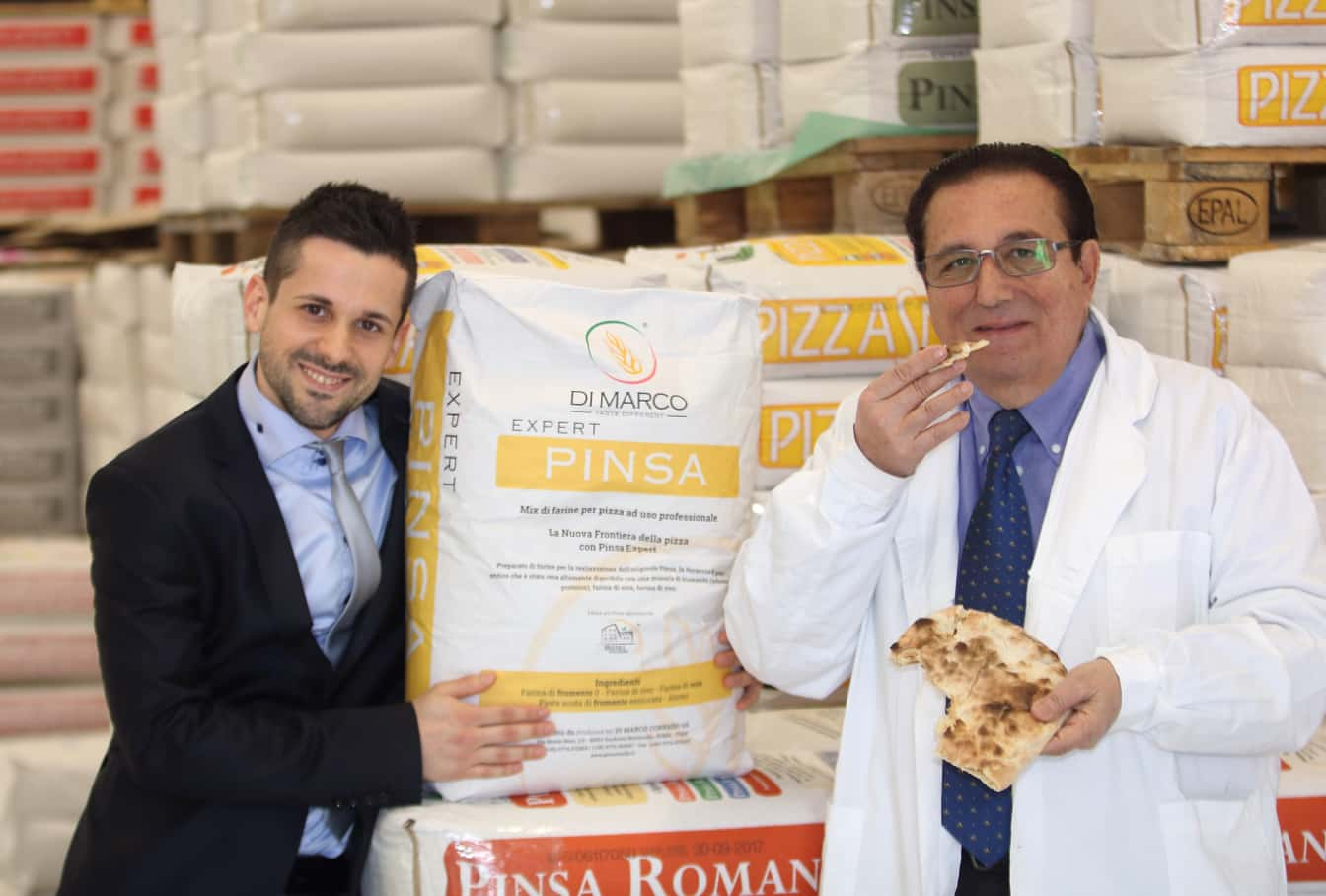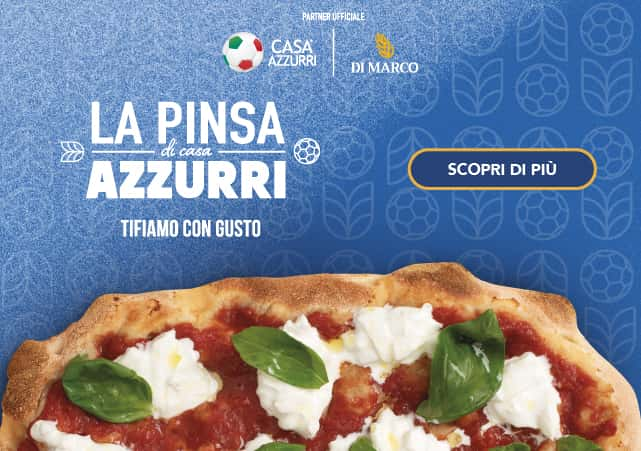History
“Pinsere” is the Latin word for "press" or "flatten". And this is exactly what happened in the Di Marco family when Corrado's grandfather used the last piece of dough to make little loaves and flattened them into focaccia – hence the oval shape – and then put them to the test by baking them in the large oven in the kitchen. Inspired by this tradition, Corrado Di Marco invented the Pinsa Romana, creating the ideal mix of flour to create an extremely digestible product.
